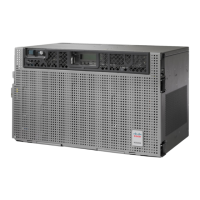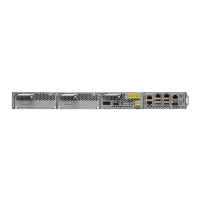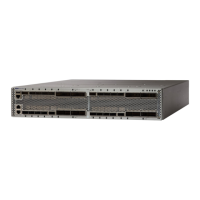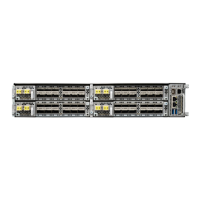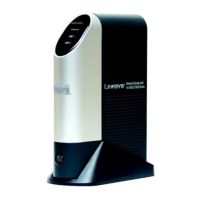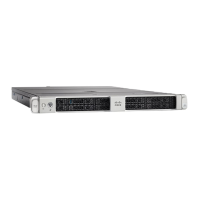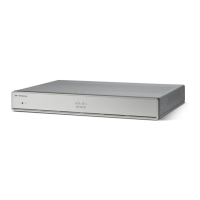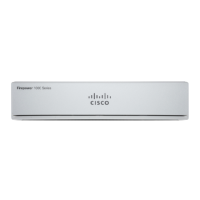Terminal loopbacks require on-site personnel.
Note
Complete the Create the Terminal Loopback on a Destination-Node MXP, TXP, XP, or ADM-10G Port, on
page 25.
Create the Terminal Loopback on a Destination-Node MXP, TXP, XP, or ADM-10G Port
SUMMARY STEPS
1. Connect an optical test set to the port you are testing:
2. Adjust the test set accordingly. (Refer to manufacturer instructions for test set use.)
3. Create the terminal loopback on the destination port being tested:
4. Complete the Test and Clear the MXP, TXP, XP, or ADM-10G Terminal Loopback Circuit, on page 26.
DETAILED STEPS
Step 1 Connect an optical test set to the port you are testing:
For specific procedures to connect, set up, and use the test set equipment, consult the manufacturer.
Note
a) If you just completed the Perform a Facility Loopback on a Destination-Node MXP, TXP, XP, or ADM-10G Port,
on page 21, leave the optical test set hooked up to the source port.
b) If you are starting the current procedure without the optical test set hooked up to the source port, use appropriate
cabling to attach the Tx and Rx terminals of the optical test set to the port you are testing. Both Tx and Rx connect
to the same port.
Step 2 Adjust the test set accordingly. (Refer to manufacturer instructions for test set use.)
It is normal for the LPBKFACILITY (ESCON) , on page 292, LPBKFACILITY (FC) , on page 293,
LPBKFACILITY (GE) , on page 293, LPBKFACILITY (ISC) , on page 294, or the LPBKFACILITY (TRUNK)
, on page 295 to appear during loopback setup. The condition clears when you remove the loopback.
Note
Step 3 Create the terminal loopback on the destination port being tested:
a) Go to the node view (single-shelf mode) or shelf view (multishelf mode) of the destination node:
• Choose View > Go To Other Node from the menu bar.
• Choose the node (or shelf) from the drop-down list in the Select Node dialog box and click OK.
b) In node view (single-shelf mode) or shelf view (multishelf mode), double-click the card that requires the loopback.
c) Click the Maintenance > Loopback tabs.
d) Select OOS,MT (or locked,maintenance) from the Admin State column. If this is a multiport card, select the row
appropriate for the desired port.
e) Select Terminal (Inward) from the Loopback Type column. If this is a multiport card, select the row appropriate for
the desired port.
f) Click Apply.
g) Click Yes in the confirmation dialog box.
Cisco NCS 2000 series Troubleshooting Guide, Release 11.0
25
General Troubleshooting
Create the Terminal Loopback on a Destination-Node MXP, TXP, XP, or ADM-10G Port
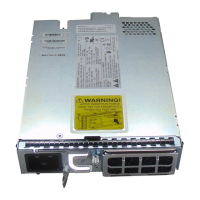
